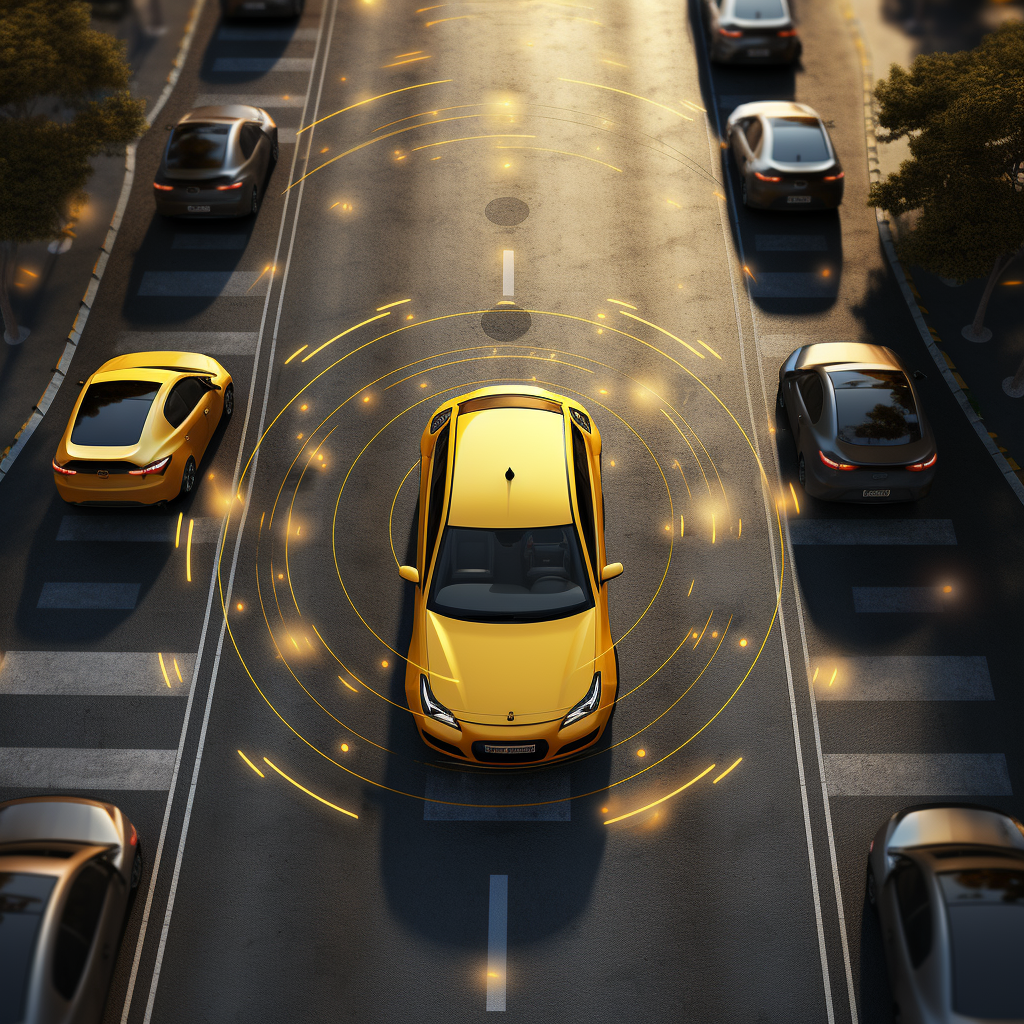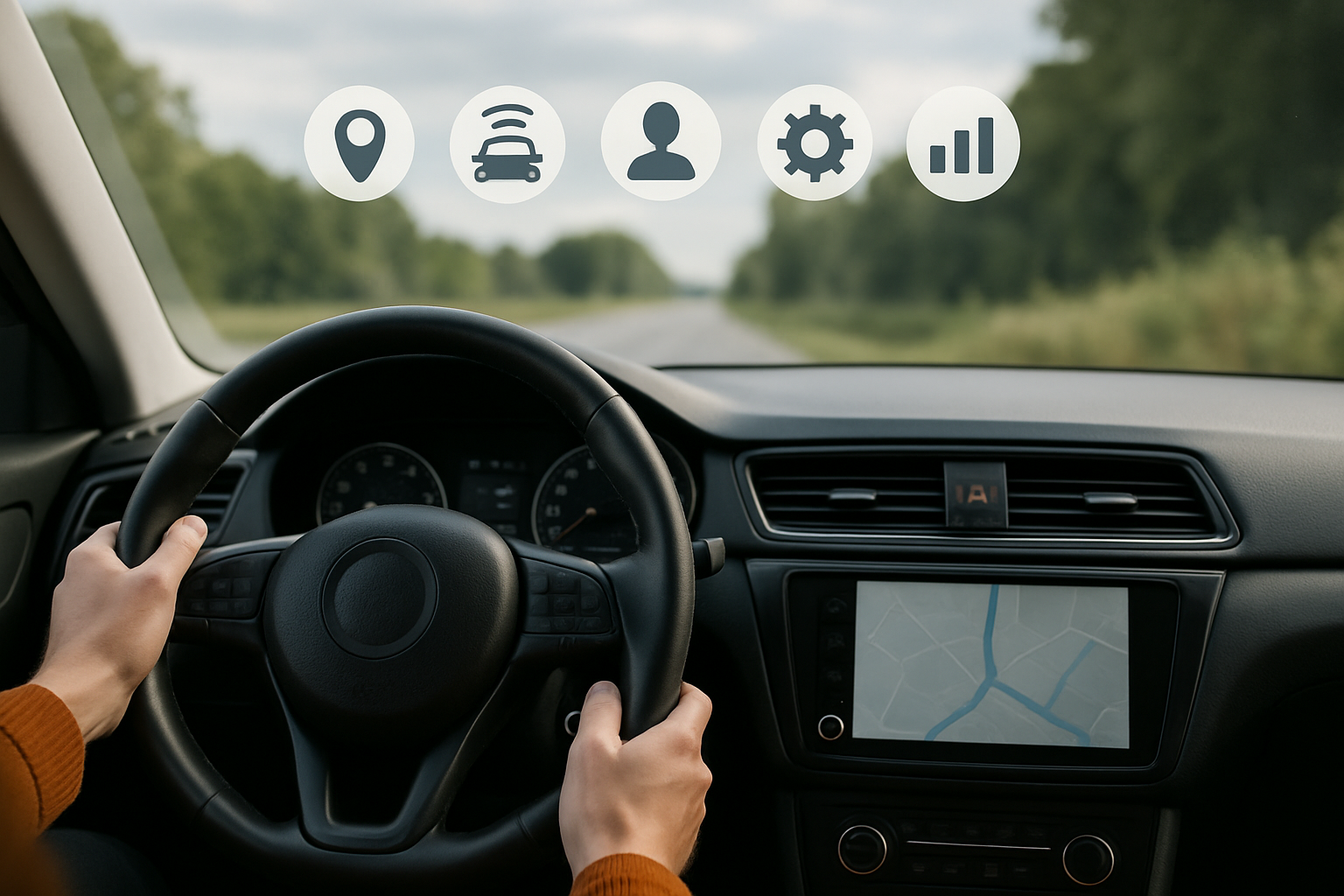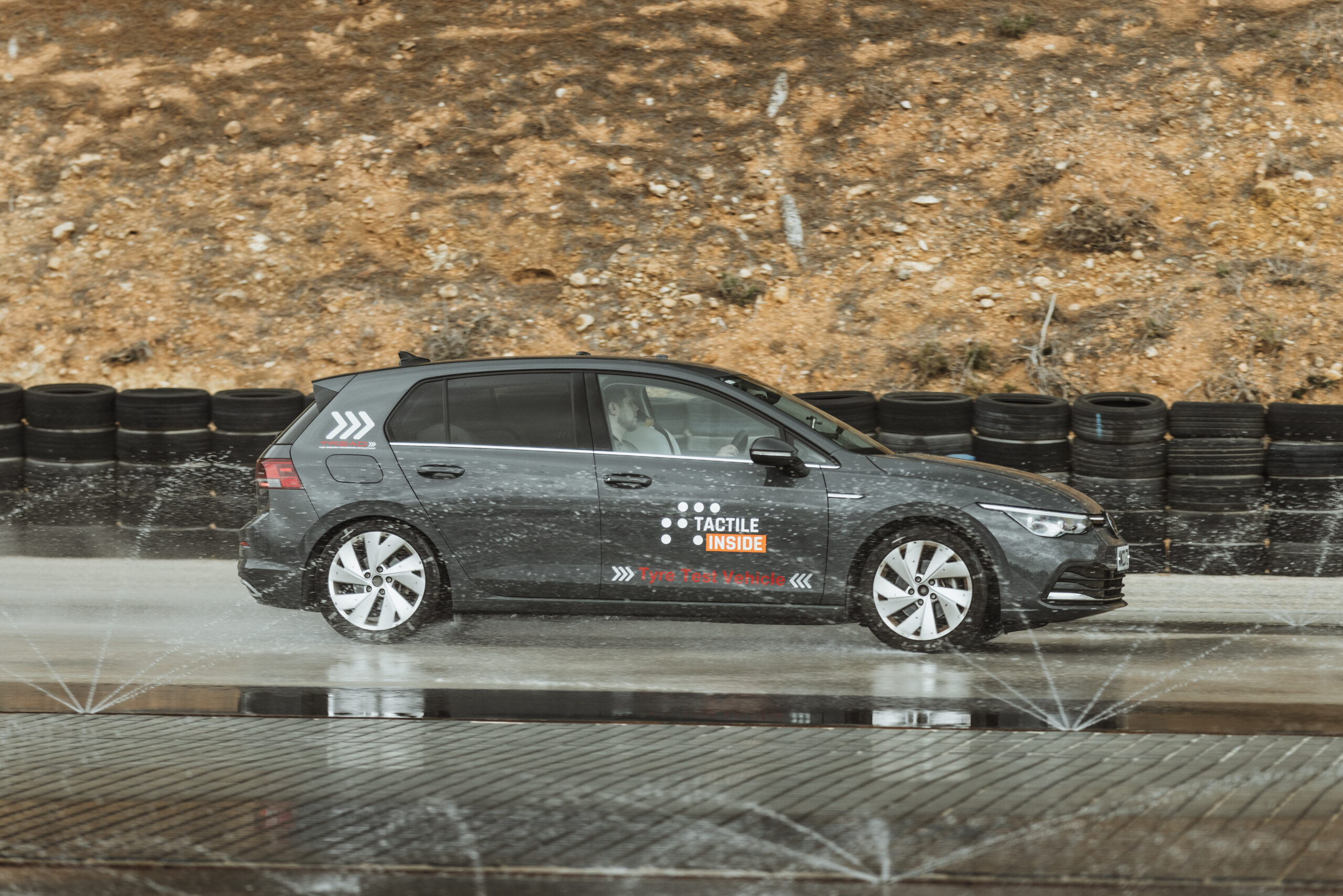The days of the yellow cab are coming to an end. That’s been clear since the advent of Uber and other ride sharing services. No longer does anyone need to stand on the street corner of New York City violently waving to hail a cab in the pouring rain.
But that doesn’t mean the concept of a taxi service is becoming obsolete. It’s just taking on a new form. And with it, so too will traffic patterns, public transportation, and urban planning.
While there may or may not be actual flying cars, future cities and their transportation networks will indeed look different as a result. We’re going to see autonomous connected taxi fleets, which combine the power of self-driving capabilities with seamless communication networks, offering us a glimpse into the future.
Emergence of autonomous fleets
As autonomous, or self-driving, vehicles become mainstream, more of them will be incorporated into vehicle fleets, be it fleets of taxis, limousines, or delivery vehicles. These company fleets could consist of hundreds to thousands of autonomous vehicles deployed in a city.
All these cars will traverse the city along optimized routes, using AI to determine the most efficient journey in real-time. And because autonomous vehicles are already equipped with a range of sensors, including cameras, lidars, virtual tactile sensors, radars, and ultrasonic devices, they can gather information about the vehicle’s surrounding environment and traffic. This can help vehicles avoid congested routes and optimize delivery time, whether they deliver passengers or goods.
However, right now, all that data isn’t being used to its full potential. Besides helping individual self-driving vehicles avoid traffic and be more energy efficient, that data could be used to generate grid maps of the city, detecting objects, pedestrians, traffic signals, and road hazards. Those maps could then be centralized on a cloud and shared with fleet managers and local municipal authorities. The latter group can even use that data to identify and repair obstructions like potholes.
These advancements also allow for intelligent routing and dispatch via smart fleet management systems, which use advanced algorithms to process data and optimize the dispatch of the autonomous taxis. These systems consider factors like shortest travel time, traffic lights, and passenger preferences to assign the most suitable vehicle and route for each trip.
Though driverless fleets will likely be used for short-distance journeys, at least at first, they will undoubtedly reshape the broader transportation landscape by demonstrating ways to intelligently harvest and leverage data for optimization.
Leveraging IoT
How will all these vehicles communicate with each other and to the cloud? One recent report found one in every four cars will have 5G connectivity by 2025, which is a huge stepping stone to connecting vehicles, sensors, and other devices to a network and enabling the exchange of data and linking of applications.
Taxi fleets typically operate through a combination of advanced technology, data management systems, and communication networks. The new 5G connectivity will streamline the process and allow fleet owners to process and exchange huge amounts of information. This creates a sort of hive mind: multiple individual vehicles all reporting and exchanging data in real-time to a centralized server.
We can expect to see new types of smart integrations, like telematics systems. These systems use onboard sensors and GPS technology to collect data on vehicle location, speed, acceleration, fuel consumption, engine health, and other parameters. This data is transmitted to a central server or cloud platform via wireless connectivity, providing fleet managers with insights into vehicle performance and maintenance needs.
These advancements can also maximize predictive maintenance, allowing fleet operators to anticipate equipment failures. For instance, operators can monitor tire health, pressure, and grip remotely from a dispatch station and flag when tires should be replaced. That means cloud analytics and IoT integration will enable fleet managers to do everything proactively and largely prevent surprises on the road.
These software integrations can also measure idling, which is one of the highest costs for fleet operators, and a major contributor to carbon emissions. Fleet management software can collect data and generate reports on idling duration, frequency, and locations. Fleet managers can then set thresholds and receive alerts when excessive idling occurs. All this data will thereby enable cost optimization, fuel efficiency, and smaller environmental impact.
The future is coming
The taxis of the future are coming. They may not be flying through the skies yet, but they will be smarter, they’ll drive themselves, and they’ll be connected to each other and the cloud. They’ll also be more climate friendly, since their routes will be optimized for efficiency. Overall, these innovations offer the potential for increased convenience, safety, and sustainability.

Yagil is the VP of Product at Tactile Mobility. He is a highly experienced technology and product leader, with over two decades in multiple industries. He was VP Products at Igentify, developers of novel genomic solutions, R&D Group Manager and Program Director at Lumenis, Program Director at Applied Spectral Imaging, and Program manager at Philips Healthcare (PHG). Yagil holds an MBA from Haifa University, and a BSc in Computer Sciences from the Technion – Israel Institute of Technology.
 Originally posted on The Fast Mode
Originally posted on The Fast Mode



